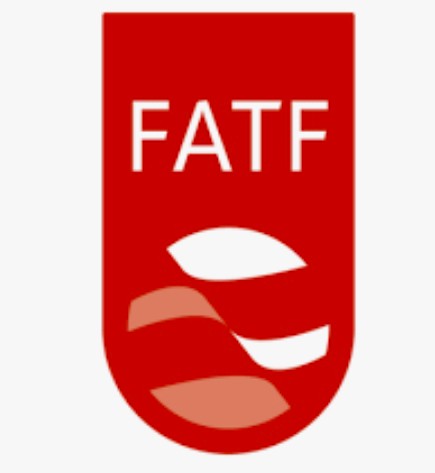India faces significant terror threat from ISIS, Al-Qaeda in J&K: FATF

New Delhi, Sep 19: The “most significant” terrorism threat faced by India appears to be from the ISIS or Al-Qaeda-linked groups that are active in and around Jammu and Kashmir, the FATF said on Thursday in its report for the country on combatting money-laundering and terror-financing crimes.The 368-page report also made a mention of the recent situation in Manipur, which is witnessing ethnic violence for more than a year now, leading to over 220 deaths.It said a “sudden rise” in terrorist-financing (TF) investigations was seen in 2023 and this was attributed to events arising out of incidents in Manipur that led to such probes in more than 50 cases.The FATF said India has suffered from the effects of terrorism consistently since the country achieved independence in 1947.”India faces a disparate range of terrorism threats, categorised by India into six different theatres.”These can be summarised as theatres associated with ISIL or AQ-linked extremist groups active in and around Jammu and Kashmir, whether directly or via proxies or affiliates, as well as other separatist movements in the region; other ISIL and AQ cells, their affiliates, or radicalised individuals in India,” it said.The Paris-headquartered global body, which leads action and finalises recommendations to combat terror financing and money laundering, said regional insurgencies in the northeast and north of India and left-wing extremist groups seeking to overthrow the government are the other terrorist threats for the country.”The most significant terrorism threats appear to relate to ISIL (Islamic State of Iraq and the Levant) or AQ (Al-Qaeda) linked groups active in and around Jammu and Kashmir,” it said.The report said returning foreign terrorist fighters (FTFs) was not considered to be a “significant risk area” in the context of India due to the limited support for the ISIL or the ISIS.The FATF also cited case studies in this context and said the National Investigation Agency (NIA) probed an instance — the “Mangalore blast case” — that had links to the ISIS network.The report also mentioned some other terror-financing and money-laundering cases like the multi-agency probe against the now-banned Popular Front of India (PFI) and a 2017 case lodged by the NIA, involving the All Party Hurriyat Conference in Jammu and Kashmir.It also described the investigation of agencies in some highly-reported and complex cases of money laundering, including a bank-loan fraud case involving fugitive diamantaire Nirav Modi and liquor baron Vijay Mallya, one against former Delhi minister and AAP leader Satyendar Jain and another involving the Mahadev online “illegal” betting app in which political links are under the scanner.”India’s main sources of money laundering originate from within India, from illegal activities committed within the country.”These proceeds may be laundered within India, laundered abroad or laundered abroad and returned to India for re-integration into the licit economy. Consistent with the outcomes of the NRA (national risk assessment), India’s largest money-laundering risks are related to fraud, including cyber-enabled fraud, corruption and drug trafficking,” the FATF said.





